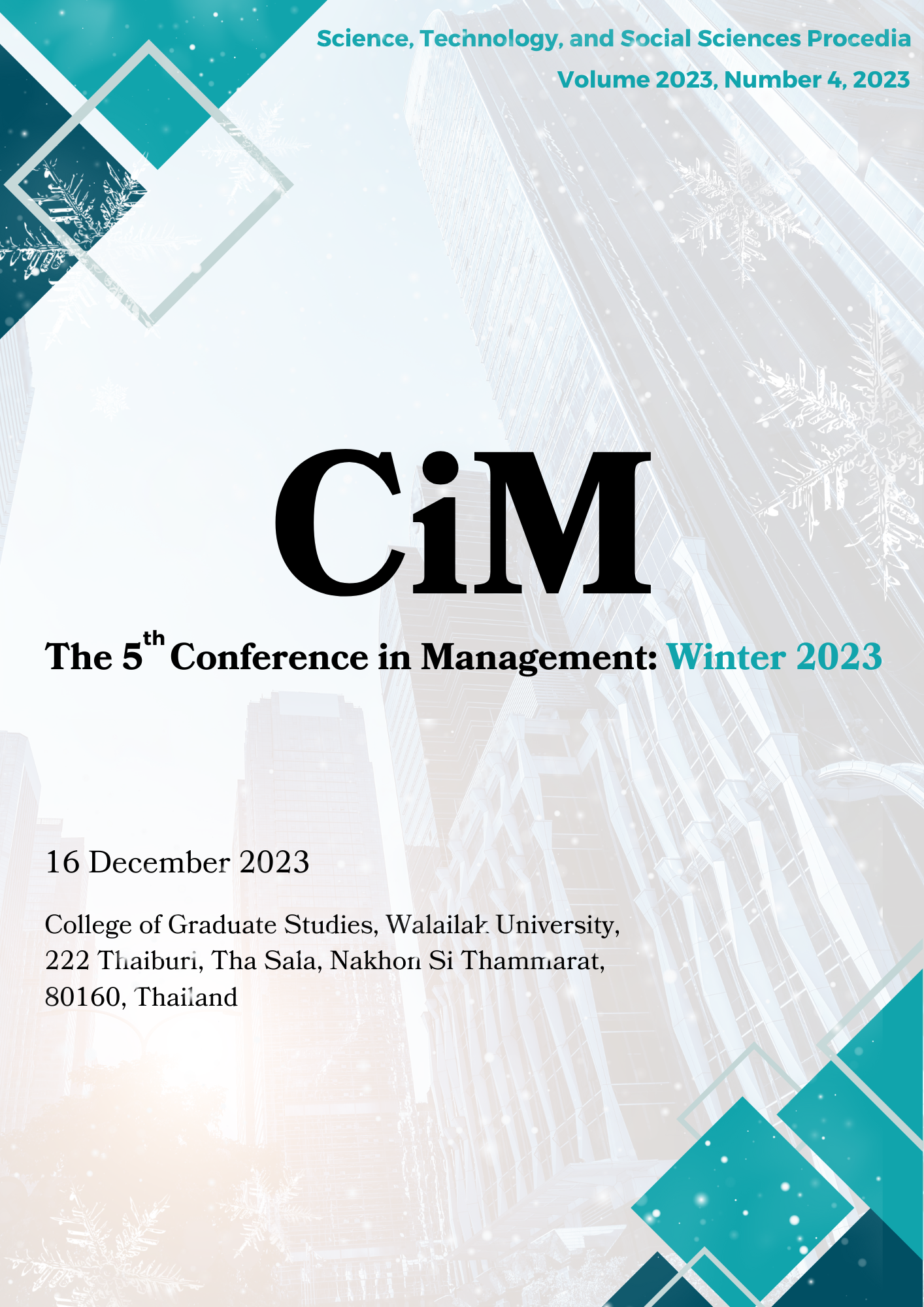Financial Feasibility Analysis of the Investment for Management of Maha Chakri Sirindhorn Natural History Museum at Walailak University
Keywords:
Financial feasibility, Investment for management, Natural History MuseumAbstract
This study analyzes the financial feasibility of investing in the management of Maha Chakri Sirindhorn Natural History Museum at Walailak University. It uses a 10-year discounted cash flow model and compares the results with investment decision criteria. The study categorizes museum investment costs into 4 items: (1) Personal wages, (2) Administrative fees, (3) Costs of media and equipment, and (4) Utilities expenditures. The income can be classified into 4 distinct categories: (1) Income from entrance ticket fees, (2) Income from souvenir and restaurant space rental fees, (3) Income from conference room service fees, and (4) Income from library membership fees. Based on an analysis of the financial feasibility of investing in management, assuming an average daily visitor count of 800, it was determined that the investment could be more worthwhile. This is particularly true considering the maintenance costs and equipment replacement expense over 3 years, resulting in a net present value (NPV) of −149,712 Bath. In the assumption, assuming an average daily visitor count of 1,000, found that the investment is worthwhile. The museum returned its investment in the second year, with a net present value (NPV) of 157,962 Bath. Based on the assumption of an average daily visitor count of 1,200, the study concluded that the investment is worthwhile, with a payback period of 1 year and a net present value (NPV) of 157,962 Bath. The sensitivity analysis found that the volatility of management returns is influenced by 2 key factors: The volume of visitors and the price of museum tickets.

